By | June 21, 2017 07:00am ET
-

Credit: Shutterstock
Planning for the Eclipse
The Great American Total Solar Eclipse will race across the U.S. on Aug. 21, 2017, casting a shadow over 21 of the country’s national parks coast to coast.
It’s been nearly 100 years since a total solar eclipse has traveled the width of the U.S. and has been visible from the Pacific to the Atlantic Ocean. During the total solar eclipse on Aug. 21 , the disk of the moon will move directly in front of the sun and will cast a shadow across the country.
The path of totality for the Aug. 21 solar eclipse is about 70 miles (113 kilometers) wide and stretches from Oregon to South Carolina, encompassing 21 U.S. national parks or historical monuments and scenic trails. [Total Solar Eclipse 2017: When, Where and How to See It (Safely) ]
Special viewing glasses are required in order to safely view the solar eclipse. Some of the national parks hosting viewing events will be giving out glasses to visitors on the day of the eclipse. However, quantities will be limited, so anyone planning to view the eclipse should get a pair of solar viewing glasses prior to the event.
Witnessing the Great American Total Solar Eclipse from one of the country’s national parks offers a unique and natural viewing experience, but many of the parks in the path of totality are situated in remote locations . Therefore, visitors should come prepared with enough food and water to stay hydrated in the summer heat. Visitors should also note that cell service and internet access may be limited in these areas.
Many of the national parks in the path of totality will host special viewing events or other related programs and activities. If you’re planning on making a trip to see the total solar eclipse, here’s a list of all of the national parks that will experience the daytime darkness cast by the moon’s shadow.
-

Credit: Shutterstock
John Day Fossil Beds National Monument, Oregon
The National Park Service (NPS) expects “very large crowds” to flood the John Day Fossil Beds National Monument, as “Eastern Oregon is predicted to be one of the best total eclipse viewing areas in the country ,” according to the NPS website.
Located within the John Day River basin, the national monument is known for its abundance of well-preserved layers of plant and animal fossils, ranging from the late Eocene, about 45 million years ago, to the late Miocene, about 5 million years ago. The park consists of 13,944 acres (5,643 hectares) of semidesert shrublands and colorful badlands.
All three units of John Day Fossil Beds National Monument will plunge into darkness for up to 2 minutes. Both the Painted Hills Unit and the Sheep Rock Unit are directly under the centerline of the eclipse. The Clarno Unit, however, is north of centerline but still within the range of totality. [Total Solar Eclipse 2017: Path, Viewing Maps and Photo Guide ]
Partial phases of the eclipse will begin shortly after 9 a.m. local time, with totality starting at approximately 10:20 a.m., depending on which unit you’re in. The total solar eclipse will last for about 1 minute and 40 seconds at the Clarno Unit and just over 2 minutes at the Sheep Rock and Painted Hills units.
The park is open to the public on the day of the eclipse . There are no entrance or parking fees, but the park anticipates large crowds and advises visitors to arrive early to ensure they catch the eclipse. Designated parking areas will be set up, but because of the unusually heavy traffic and visitation, programs and park services will be limited on the day of the eclipse. The park also warns that areas that are normally open may be closed or open to foot traffic only.
-

Credit: Shutterstock
Craters of the Moon National Monument and Preserve, Idaho
Located in the Snake River Plain of central Idaho, the lava fields of the Craters of the Moon National Monument and Preserve fall on the outskirts of the path of totality. The park is partnering with the city of Arco, NASA and Idaho State University to provide a special viewing event from 10 a.m. to 1 p.m. local time at the Bottolfsen Park in Arco.
On the day of the eclipse starting at 9:30 a.m. local time, there will be an educational presentation featuring details about the event and how to view it safely. A partial eclipse begins at 10:13 a.m. MDT, and the eclipse will reach totality at approximately 11:31 a.m. in this location. Skywatchers will experience about 1 minute and 39 seconds of darkness. Afterward, a partial eclipse will continue until approximately 12:30 p.m. MDT.
Following the eclipse, there will be a Space Science Exhibition, a presentation about ongoing research at Craters of the Moon and the chance for kids to earn their Lunar Ranger patch.
There will also be several special events at Craters of the Moon leading up to the total solar eclipse, including “star parties” on Aug. 18 and 19; a presentation called Eclipses, Transits and the Search For Life on Aug. 19; and another special eclipse presentation called “In the Shadow of the Moon,” by NASA scientist and educator Brian Day, on Aug. 20. All eclipse events at Bottolfsen Park and Craters of the Moon are free to the public. You can find more event information here .
-

Credit: Shutterstock
Grand Teton National Park, Wyoming
NPS officials are already preparing for what they expect to be the “busiest day ever” at Grand Teton National Park in northwestern Wyoming.
The park encompasses the 40-mile-long (64 kilometers) Teton Range — part of the Rocky Mountains — as well as most of the northern sections of the valley known as Jackson Hole. In this park, located in the middle of the eclipse path, viewers will experience up to 2 minutes and 40 seconds of darkness, depending on where they are in the park . Partial phases of the total solar eclipse will begin at 10:17 a.m. local time over Jackson Hole and reach totality at approximately 11:35 a.m.
Four viewing areas will be set up in the park : Gros Ventre Campground, Craig Thomas Discovery and Visitor Center, Jackson Lake Lodge and Colter Bay Visitor Center. On the day of the eclipse, the 8-mile (13 km) access road to the Gros Ventre Campground will be turned into a one-way road, running west to east, to create enough room for skywatchers to park and view the centerline of the eclipse.
The Gros Ventre viewing event, located in the southern part of the park, may require a ticket, because parking space along the road is limited. The park will release more details as the day of the eclipse gets closer. All other viewing areas will be free and open to the public. However, certain areas of the park — especially pullouts along the roads — may close when full .
All of the park’s permitting requirements will be in place throughout the weekend of the eclipse, including backcountry permits, camping permits and boating permits. The park warns that area lodging is already booked and that all park campgrounds operate on a first-come, first-served basis and will likely fill up quickly.
If you plan to stick around at the park after the eclipse, there will be a free program for visitors to learn more about an aspect of astronomy. The event, To the Tetons and Beyond, will take place at the Laurance S. Rockefeller (LSR) Preserve Porch from 3:30 p.m. to 4 p.m. local time. Leading up to the day of the eclipse, the park will also host educational programs, stargazing events and other astronomy activities, beginning the night of Aug. 18.
-

Credit: Shutterstock
Fort Laramie National Historic Site, Wyoming
Fort Laramie is a National Historic Site in Wyoming and was once the largest military post on the Northern Plains. Because the Aug. 21 solar eclipse will cross over the center of the state , Fort Laramie falls directly along the path of totality.
The park will host a viewing event on the day of the eclipse from 10 a.m. to 2 p.m. local time. Viewers in this area will experience approximately 2 minutes and 14 seconds of totality, starting at about 11:46 a.m.
There is no lodging or camping at Fort Laramie National Historic Site. RV and camping sites are available in the town of Fort Laramie and nearby Guernsey State Park. Admission to the site and all events is free, and parking will be available near the Army Iron Bridge on-site.
-

Credit: Shutterstock
Agate Fossil Beds National Monument, Nebraska
The Agate Fossil Beds National Monument in Nebraska will host daytime and nighttime astronomy programs, Native American sky stories, kids’ activities and more throughout the weekend of the total solar eclipse (Aug. 19 through Aug. 21).
The area largely consists of grass-covered plains and is best known for the large number of well-preserved Miocene fossils that have been unearthed from dig sites on Carnegie Hill and University Hill within the park. The fossils unearthed in this area date back 20 million years.
The park falls near the center of the path of totality. A partial eclipse begins at 10:25 a.m. local time, with totality starting at 11:47 a.m. Viewers will experience total darkness for approximately 2 minutes and 23 seconds.
There will be designated viewing areas set up in the park. Amateur astronomers are also welcome to bring their telescopes and participate in educational talks to help inform visitors about the total solar eclipse. All eclipse events are free to the public.
-

Credit: Shutterstock
Scotts Bluff National Monument, Nebraska
Scotts Bluff National Monument is located in western Nebraska and includes an important 19th-century landmark on the Oregon Trail and Mormon Trail. The site encompasses multiple bluffs on the south side of the North Platte River. The park is named for one of the most prominent bluffs, called Scotts Bluff, which rises over 800 feet (240 meters) at its highest point.
This historical landmark is located in the path of totality and will host multiple viewing events for the solar eclipse on Aug. 21. Events will be held at Five Rocks, Scotts Bluff National Monument, Legacy of the Plains, Landers Field and more. The park will also host a special night-sky viewing event from the top of the bluff, as well as other solar activities, on Aug. 19. However, parking for the viewing events will be limited. The viewing events are free to the public, but entrance fees to the park may apply.
Starting at 11:48 a.m. local time, viewers will experience approximately 1 minute and 42 seconds of darkness during the solar eclipse.
-

Credit: Shutterstock
Homestead National Monument of America, Nebraska
An entire long weekend of events (Aug. 19 through Aug. 21) has been planned for the solar eclipse at the Homestead National Monument of America in Nebraska. The historical site, which commemorates the passage of the Homestead Act of 1862 (which provided settlers with 160 acres of public land earch), is located in Gage County, Nebraska, and will experience 2 minutes and 34 seconds of darkness during the eclipse on Aug. 21 .
Leading up to the eclipse, on Aug 19. and Aug. 20, the park will host activities at the Heritage and Education centers, including presentations from NASA officials, science and astronomy programs led by PBS Kids’ “Ready Jet Go!” and stargazing events at night. Bill Nye, the popular science communicator and CEO of The Planetary Society, will even make an appearance at the park on the day of the eclipse to welcome skywatchers and introduce the NPS’ new Junior Ranger Eclipse Explorer booklet.
On Aug. 21, skywatchers can enjoy a countdown to eclipse totality, which will start at 1:02 p.m. local time. Partial phases of the eclipse will begin at 11:37 a.m. All solar eclipse programs at Homestead are free to the public. You can find a full lineup of events here .
-

Credit: National Parks Service
Harry S. Truman National Historic Site, Missouri
This site celebrates Harry S. Truman, the 33rd president of the United States, as well as other properties associated with his family. The more than 50,000 artifacts on display at the historical site offer a glimpse at the personal life of the Truman family.
The Harry S. Truman National Historic Site falls within the path of totality and will be open to visitors to watch the eclipse. Partial phase starts at 11:41 a.m. local time, while totality begins at 1:08 a.m. Totality will last 1 minute and 10 seconds.
-

Credit: National Parks Service
Lewis and Clark National Historic Trail, Missouri
The Lewis and Clark National Historic Trail commemorates Meriwether Lewis and William Clark’s famous expedition from 1804 to 1806. The trail extends for some 3,700 miles (6,000 km) from Wood River, Illinois, to the mouth of the Columbia River, in Oregon.
However, only some areas of the Lewis and Clark National Historic Trail converge with the path of totality, including Jefferson City, Kansas City and St. Joseph in Missouri. The Lewis and Clark Memorial in downtown Kansas City at Clark’s Point falls on the edge of the path of totality and will see only about 27 seconds of darkness during the eclipse. In Kansas City, totality starts at 1:08 p.m.
Jefferson City also honors the trailblazers with a Lewis and Clark monument next to the Missouri State Capitol. Here, skywatchers will experience 2 minutes and 29 seconds of totality, starting at 1:13 p.m.
The Lewis and Clark National Historic Trail also runs through St. Joseph, which is very close to the centerline of the solar eclipse path. Viewers in St. Joseph will experience 2 minutes and 38 seconds of totality, starting at 1:06 p.m.
-

Credit: Shutterstock
Ulysses S. Grant National Historic Site, Missouri
The Ulysses S. Grant National Historic Site is a 9.65-acre (3.9 hectares) plantation located in St. Louis. The site honors Ulysses S. Grant, who was a general in the Civil War and the 18th president of the U.S.
This National Historic Site falls in the path of totality , and viewers in this location will see 1 minute and 33 seconds of darkness. At this park, the partial phase of the eclipse begins at 11:49 a.m. and will reach totality at 1:17 p.m. The park will be open to skywatchers on the day of the eclipse. Entrance to the Ulysses S. Grant National Historic Site is free.
Leading up to eclipse, the National Historic Site will host a Junior Ranger solar eclipse program and a total solar eclipse lecture on June 23. The public is invited to the park to learn more about solar eclipses and the total eclipse on Aug. 21. Both events are free, but reservations are required for the total solar eclipse lecture with Don Ficken, chairman of the St. Louis Eclipse Task Force.
-

Credit: National Parks Service
Fort Donelson National Battlefield, Tennessee
Fort Donelson in Dover, Tennessee, falls on the edge of the path of totality during the Aug. 21 solar eclipse, during which viewers will experience approximately 45 seconds of darkness. Viewing opportunities will be available from the main lands of the park and from the Dover Hotel (Surrender House), overlooking the Cumberland River. Totality will start at 1:25 p.m. local time.
The Confederacy established Fort Donelson during the American Civil War. The Dover Hotel was built between 1851 and 1853, accommodated riverboat travelers before and after the war, and served as Gen. Simon Buckner’s headquarters, according to the NPS website .
The park will also host special solar eclipse programs throughout the summer, including a presentation by NASA solar system ambassador Theo Wellington on June 13 and a Junior Ranger activity on June 17 for children ages 5 to 9. All eclipse events at Fort Donelson are free. However, park officials warn that visitors may experience traffic delays and congested parking lots on the day of the solar eclipse. The park also recommends planning your visit early, as nearby campgrounds and hotels will fill up quickly.
-

Credit: Shutterstock
Stones River National Battlefield, Tennessee
Stones River National Battlefield, in Murfreesboro, Tennessee, also falls on the edge of the path of totality. Eclipse viewers at Stones River will experience roughly 55 seconds of totality, starting at 1:29 p.m. local time.
The park will hold a free viewing event on Aug. 21 at the visitor center, along with historical and astronomical activities throughout the day. The first 1,500 visitors will receive a complimentary pair of eclipse-viewing glasses . Park officials advise visitors to arrive at the park early, as the gates to the park will close when parking areas fill up. Also, all park gates will be closed from 12:30 p.m. to 2 p.m. CDT, so that skywatchers can focus their attention on the eclipse.
Stones River National Battlefield is a 570-acre (230 hectares) park set up in memorial of the Battle of Stones River, which was a key battle of the Civil War. A short trip north to Nashville — the largest U.S. city in the path of totality — also offers a unique view of the solar eclipse. In Nashville, viewers will experience about 2 minutes of darkness, starting at 1:27 p.m.
-

Credit: Shutterstock
The Obed Wild and Scenic River, Tennessee
The entire stretch of the Obed Wild and Scenic River in Wartburg, Tennessee, falls within the path of totality. The park will hold viewing events at three locations, including the Obed Visitor Center, which will experience 1 minute and 14 seconds of darkness; Lilly Overlook, which will experience 1 minute and 39 seconds of darkness; and Big South Fork Gateway Visitor Center, which will experience 2 minutes and 29 seconds of darkness.
The partial phases of the solar eclipse will begin around 1 p.m. EDT and will end at approximately 4 p.m. The total phase of the eclipse will occur at approximately 2:30 p.m., with the duration of totality varying depending on the viewing location.
Eclipse-viewing events held at the Obed Wild and Scenic River are free and open to the public. In addition to the three designated viewing areas along the river, visitors can view the eclipse from other areas of the park on their own. The park warns that vehicle access to the three viewing areas may be closed when full.
-

Credit: CH2M Oak Ridge LLC/US DOE
Manhattan Project National Historical Park, Tennessee
The Manhattan Project National Historical Park in Oak Ridge, Tennessee, falls within the path of totality for the solar eclipse on Aug. 21. The park has planned public viewing events at the American Museum of Science and Energy’s Oak Ridge Visitor Center.
At the Oak Ridge site, viewers will experience approximately 24 seconds of totality, starting at 2:33 p.m. EDT. The partial phases of the eclipse will begin at approximately 1 p.m. and will end at approximately 4 p.m. Eclipse-viewing events are free to the public, but the park will likely fill up fast.
Oak Ridge, Tennessee, is one of three Manhattan Project National Historical Parks. There are two other sites: one in Los Alamos, New Mexico, and another in Hanford, Washington. Although these sites do not fall in the path of totality, skywatchers will still see a partial solar eclipse . The Manhattan Project sites memorialize the people, events, science and engineering that led to the creation of the atomic bomb, which helped end World War II.
Visitors can also view the eclipse from other areas of the park, including Big South Fork Gateway Visitor Center in Crossville, Tennessee, which will experience 2 minutes and 29 seconds of darkness. Totality will start at approximately 1:30 p.m. CDT at the Big South Fork Gateway Visitor Center.
-

Credit: Shutterstock
Great Smoky Mountains National Park, Tennessee and North Carolina
Great Smoky Mountains National Park stretches from North Carolina to Tennessee. The western section of the park falls under the path of totality and will experience up to 2 minutes and 20 seconds of darkness during the eclipse. Great Smoky Mountains National Park has three viewing areas: Cades Cove, Oconaluftee and Clingmans Dome, the highest peak in not only the park but the entire state of Tennessee.
The park has planned events in all three viewing areas , including a special sold-out event in Clingmans Dome Trailhead parking area, which will feature educational exhibits and storytellers on the day of the eclipse. The featured speakers will talk about the science and cultural connection of the Great American Total Eclipse. A large screen will also be set up in the Clingmans Dome Trailhead parking area to show the national NASA TV broadcast of the eclipse.
Although the event at Clingmans Dome on Aug. 21 is currently sold out, park officials recommend regularly checking ticket availability at recreation.gov for cancellations. Clingmans Dome will be closed to vehicle traffic in order to host the event.
In addition, Great Smoky Mountains National Park will host staff-guided eclipse-viewing events at Cable Mill (Cades Cove) and Oconaluftee Visitor Center. These events are informal and free to the public. The park also has nine campgrounds for people interested in staying overnight (permit required). Park officials note that parking and vehicle access may be limited on the day of the total eclipse, and certain areas of the park may close when full .
If you can’t make it to Great Smoky Mountains National Park, you can check out events hosted by other communities in the surrounding area. You can find more information here .
-

Credit: Shutterstock
Appalachian National Scenic Trail, multiple states
The Appalachian Trail stretches from Springer Mountain in Georgia to Mount Katahdin in Maine. The total solar eclipse on Aug. 21 will pass directly over sections of the Appalachian Trail in North Carolina and Tennessee.
Hikers can trek to the top of the 5,200-foot (1,585 m) Albert Mountain near Franklin, North Carolina, to witness the eclipse. The trail to the peak of the mountain is about 4 miles (6.4 km) and starts near the Standing Indian area of the southern Nantahala National Forest. The Appalachian Trail is a public footpath, and no fees or permits are required to walk on the trail.
Franklin, North Carolina, will experience about 2 minutes and 30 seconds of totality, starting at 2:35 p.m. local time.
Check near the end of this slideshow for a list of other national trails where totality is visible.
-

Credit: Shutterstock
Blue Ridge Parkway, North Carolina
The Blue Ridge Parkway offers a scenic route for watching the solar eclipse. The parkway, also called “America’s Favorite Drive,” is a 469-mile (755 km) highway that runs through Virginia and North Carolina.
The southern section of the parkway near Asheville, North Carolina, will be in the path of totality and experience between 20 seconds and 1 minute of darkness, depending on the location. Totality will begin around 2:36 p.m. local time. While there are numerous overlooks along the highway to stop and park, most will likely fill up quickly on the day of the eclipse . Skywatchers can also hike to popular summits — like Black Balsam Knob, Devil’s Courthouse or Waterrock Knob — to see the eclipse.
-

Credit: Shutterstock
Ninety Six National Historic Site, South Carolina
Ninety Six National Historic Site is located in the direct path of the total solar eclipse and will host an eclipse-viewing event at Star Fort Pond. There will be family-friendly solar system activities and educational programs led by park rangers.
The Ninety Six National Historic Site in South Carolina will experience 2 minutes and 32 seconds of darkness, starting at 2:39 p.m. local time. Partial phases of the solar eclipse will begin at 1:10 p.m. The Ninety Six viewing event is free to the public. Park officials ask that you make a reservation so that they can properly prepare for the event.
-

Credit: Shutterstock
Congaree National Park, South Carolina
The path of the solar eclipse will also pass over South Carolina’s Congaree National Park, the largest intact expanse of old growth bottomland hardwood forest remaining in the southeastern United States.
On the day of the eclipse, the park will host a viewing event with exhibits and hikes. Folks who travel to Congaree National Park in Hopkins, South Carolina, will see 2 minutes and 31 seconds of darkness, with totality starting at 2:42 p.m. Partial phases of the eclipse will start at 1:13 p.m.
Visitors can join Congaree National Park staff for a guided hike among the ancient trees as the eclipse occurs. The event, called Shadows and Science in the Wilderness of Congaree National Park, is one of many free programs and exhibits being held at the park on the day of the eclipse.
-

Credit: National Parks Service
Charles Pinckney National Historic Site, South Carolina
Located in Mount Pleasant, South Carolina, the Charles Pinckney National Historical Site will be one of the last national park locations to experience the total solar eclipse. Totality will start at 2:46 p.m. local time and will last for about 1 minute and 48 seconds.
The 28-acre (11 hectares) site honors Charles Pinckney, who was a principal author and signer of the U.S. Constitution. The park will hold special eclipse-viewing events on Aug. 21 that are free to the public. Visitors can also walk the plantation grounds and nature trail while the eclipse occurs. Mount Pleasant is located only a short distance from the historical coastal city of Charleston, which is also hosting several eclipse events.
-

Credit: Shutterstock
Fort Sumter National Monument, South Carolina
Before the moon’s shadow heads over the Atlantic Ocean, it will cross Fort Sumter National Monument in Charleston, the last major city within the path of totality.
South Carolina’s historic Fort Sumter is located in the Charleston Harbor. The national monument also includes Fort Moultrie, which is located on Sullivan’s Island.
During the total solar eclipse, Charleston will experience about 1 minute and 33 seconds of totality, starting at 2:46 p.m. A partial eclipse is predicted to start at 1:16 p.m. EDT.
Both Fort Sumter and Fort Moultrie are accessible only by boat. There is no entrance fee for the park, but you’ll need to buy a ferry ticket. Details have not yet been announced for any eclipse-viewing events at either Fort Sumter or Fort Moultrie. However, a viewing event will be held at the Fort Sumter Visitor Education Center at Liberty Square in Charleston.
Tours to Fort Sumter are run by Fort Sumter Tours . On the day of the eclipse, a tour boat will leave Patriots Point in Mount Pleasant at 1 p.m. The boat takes 30 minutes to reach the fort, and visitors are given an hour to explore the fort, which means they will be able to watch the eclipse during their return across Charleston Harbor.
-

Credit: Shutterstock
Other national trails
of 24
of 24
of 24
of 24
of 24
of 24
of 24
of 24
of 24
of 24
of 24
of 24
of 24
of 24
of 24
of 24
of 24
of 24
of 24
of 24
of 24
of 24
of 24
of 24
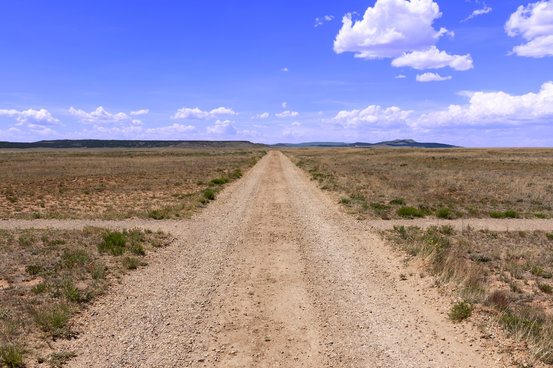
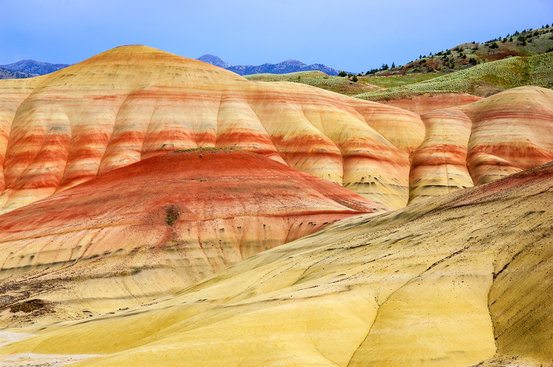
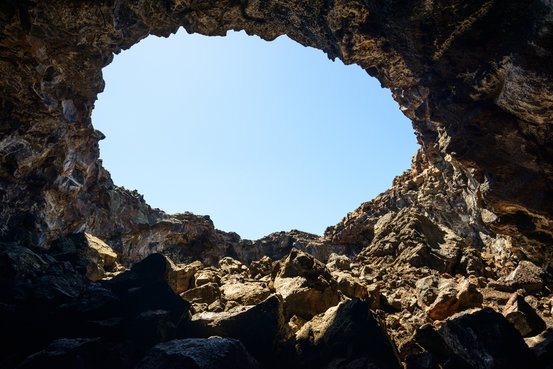
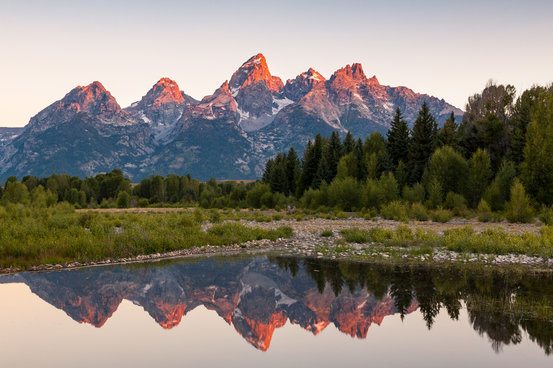
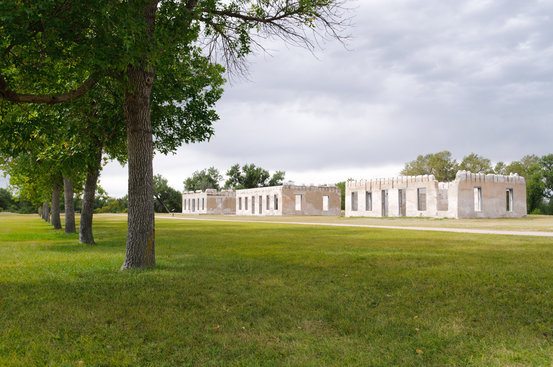
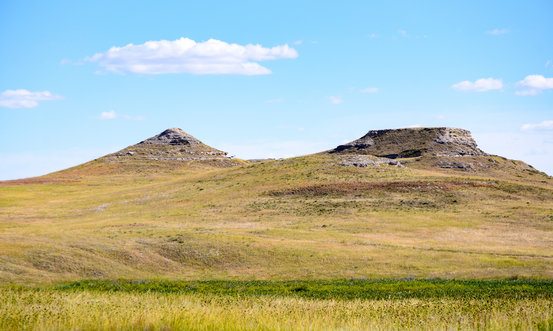
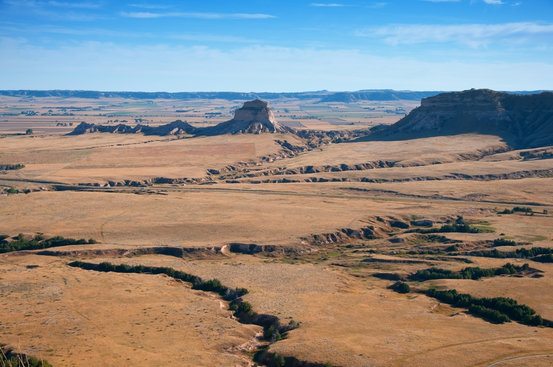


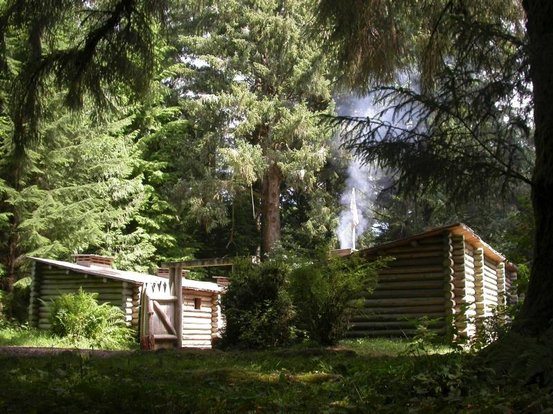
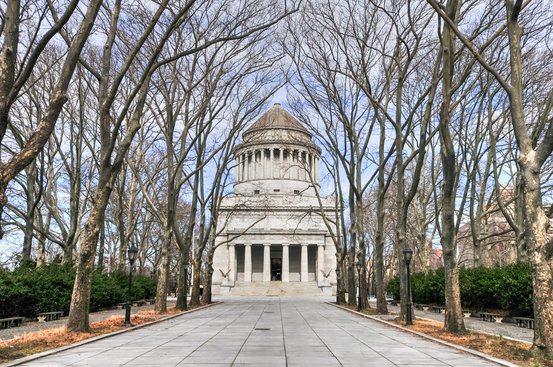
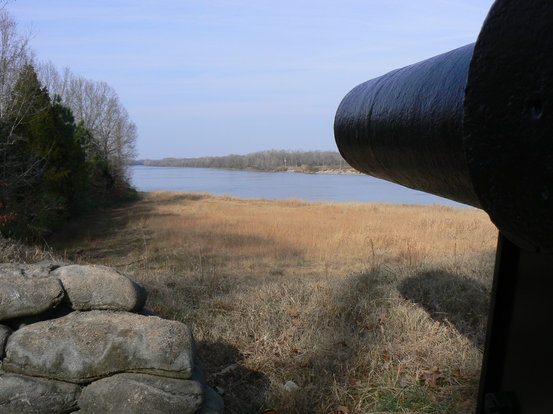

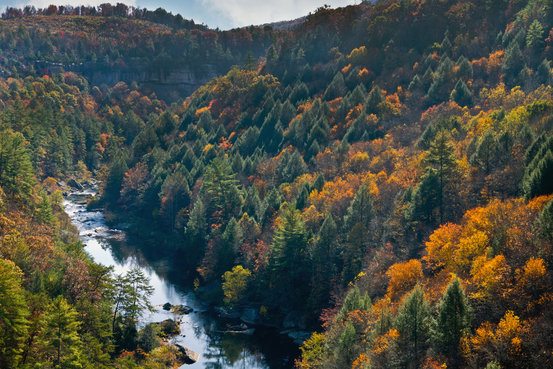

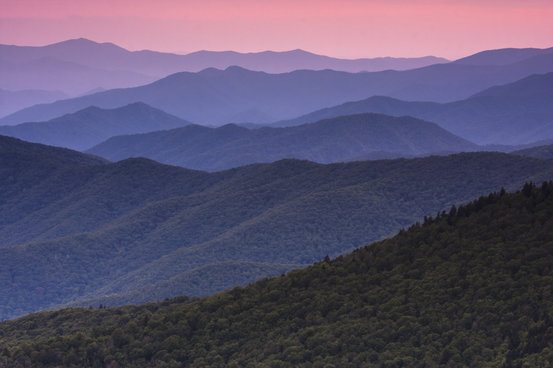
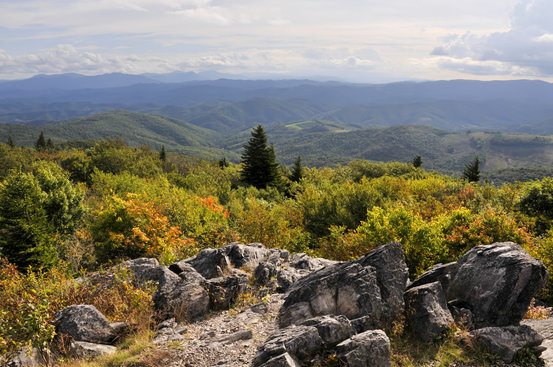
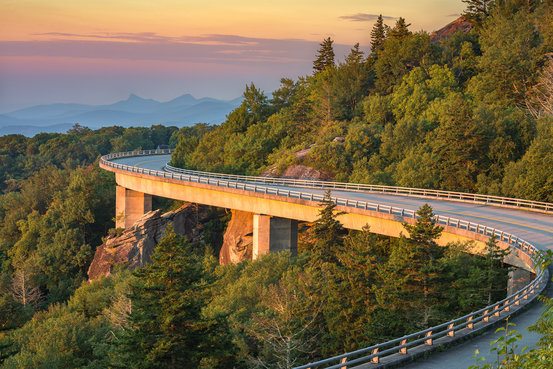

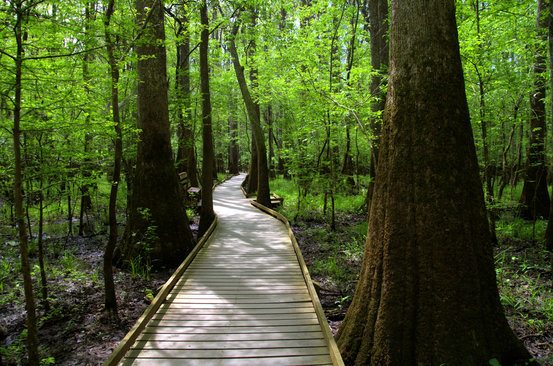
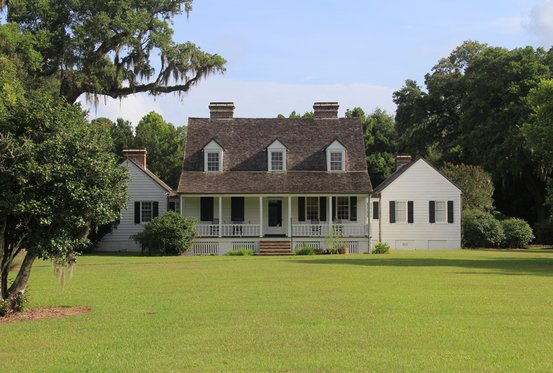
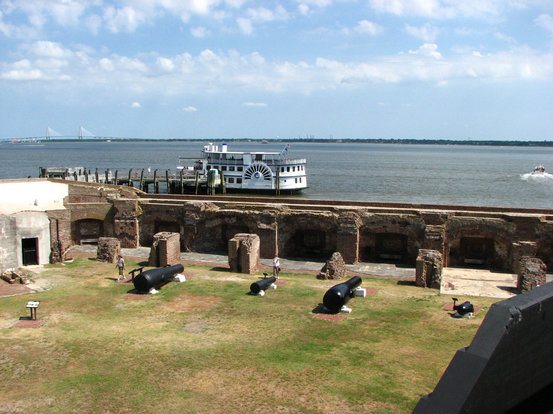
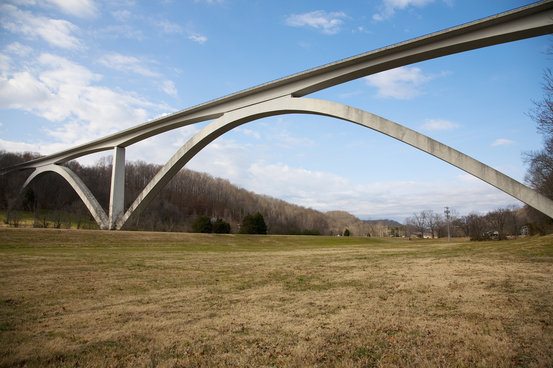
Comments are closed.